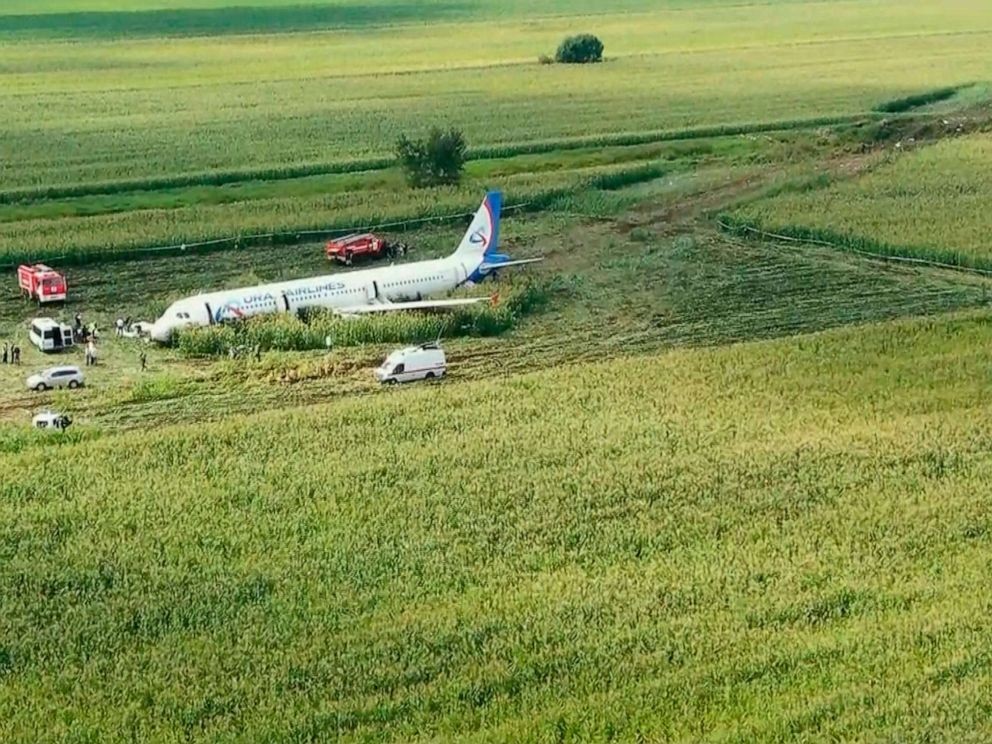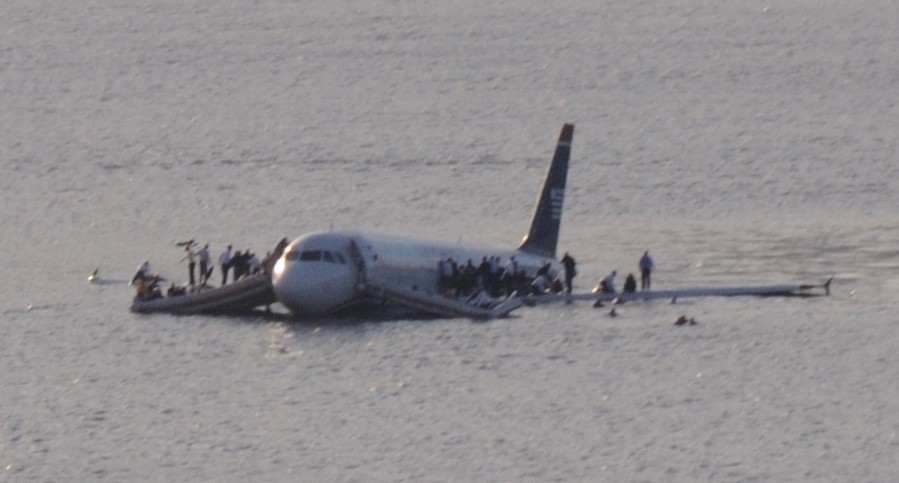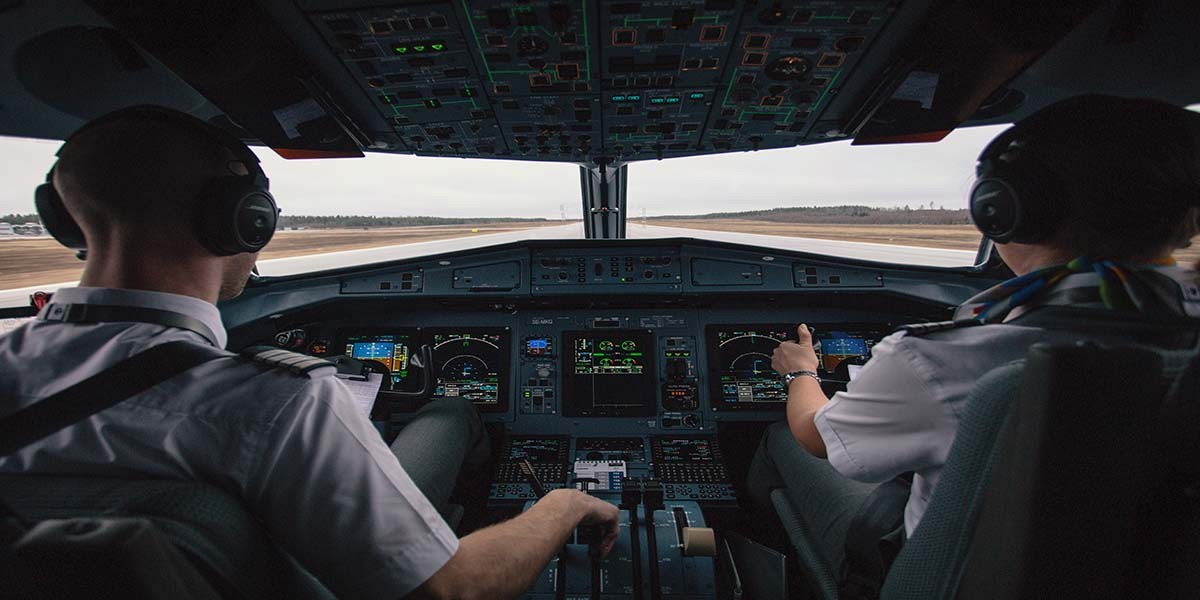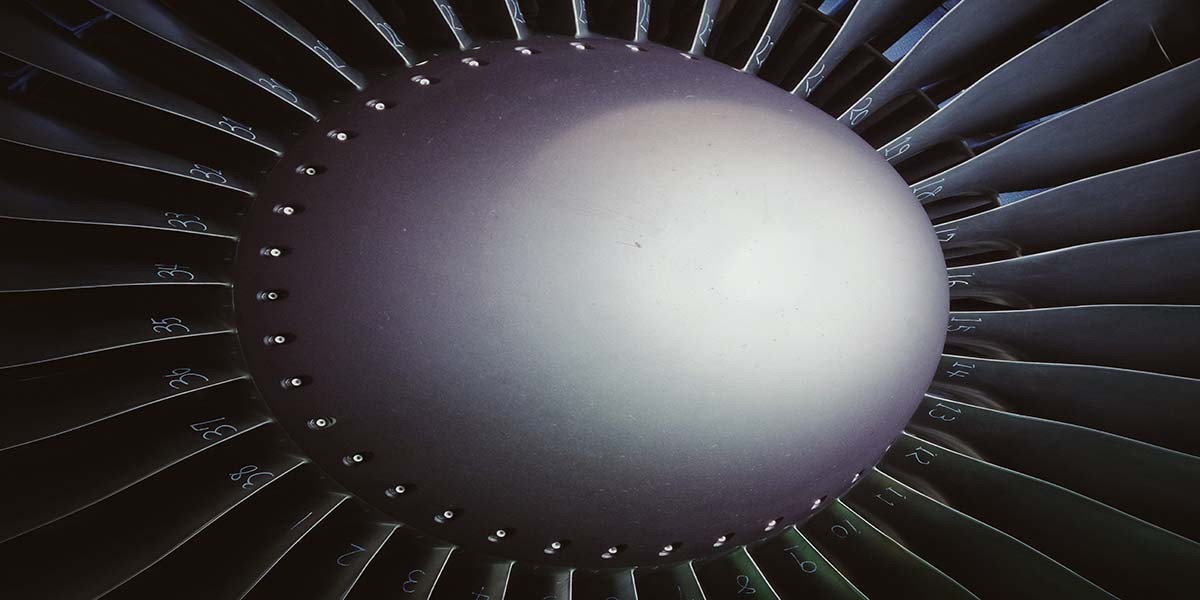Mid-air collisions between aircraft and birds are on the increase and, yes, occasionally passengers die as a result. But what are airports and pilots doing to avoid disaster?
On August 15th 2019, just after taking off from Moscow’s Zhukovsky Airport, Ural Airlines Flight 178 collided with a flock of gulls and lost power in both its engines. Seconds later it crash-landed in a cornfield. Although 74 passengers were injured, miraculously, no one died.
It was uncannily similar to the US Airways Flight 1549 which, ten years earlier, crash-landed on New York City’s Hudson River after its engines were wrecked by a flock of geese. The American accident was famously made into a Hollywood movie called Sully, starring Tom Hanks. A Russian film director is already planning to make the Ural Airlines accident into a movie, too.
From the enormous media reaction to both incidents, you’d think bird strikes on aeroplanes are fairly rare. Quite the contrary. According to Birdstrike Committee USA, a volunteer organisation dedicated to reducing collisions between birds and aircraft, in the United States alone there are over 20,000 wildlife strikes reported every year, the vast majority of them birds. The gravest situations are when these birds collide with the aeroplane engines and cause them to shut down.

Above: Ural Airlines Flight 178 following a crash-landing in a cornfield.
The Federal Aviation Authority (FAA), which oversees US civil aviation, estimates that the damage to American aircraft costs as much as US$500 million a year.
The global figures are even more shocking. Between 1988 and 2017, 263 civil aircraft were either destroyed or damaged beyond repair. During the same period, a total of 287 people died in accidents caused by wildlife strikes – averaging at around ten deaths a year. (Bird deaths are obviously far more numerous.)

Above: US Airways flight 1549 crash-landed in New York City's Hudson River.
This is no new phenomenon. Back in 1905, when human flight was in its infancy, aviation pioneer Orville Wright reported striking a bird when his Wright Flyer aeroplane was cruising above a cornfield in Ohio. The first human fatality came seven years later when aviator Calbraith Rodgers collided with a gull over Long Beach, California and crashed to his death.
But it wasn't until 1960, after the arrival of commercial aviation, that the true danger of bird strike became apparent. That year, in October, an Eastern Air Lines turboprop passenger airliner was taking off from Boston when it smashed into a flock of starlings, losing engine power and dropping swiftly into Boston Harbour. 62 passengers lost their lives.


